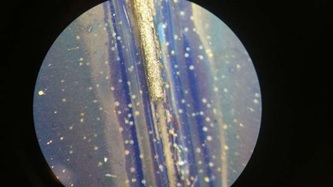
Denise Crocce Romano Espinosa
University of São Paulo, Brazil
Title: Thermal treatment of flexible amorphous silicon photovoltic modules
Biography
Biography: Denise Crocce Romano Espinosa
Abstract
Statement of the Problem: The growth of photovoltaic (PV) technology has been addressed recently as a concern from a waste management point of view. The complexity of PV waste is often overlooked given the environmental benefits of the technology in terms of reduced greenhouse gas emissions. However, such wastes may contain metals that are highly hazardous for humans and the environment. Amorphous silicon (a-Si) PV modules employ indium-tin-oxide as transparent conductive oxide and its recovery could be advantageous from an economic perspective as well. Characterization studies covering flexible a-Si modules have not been published yet and hence this is the subject of this study. Methodology & Theoretical Orientation: A flexible a-Si panel was subjected to thermal treatment to remove the proprietary, protective coating to allow SEM-EDS analysis. Different temperatures were used to identify when the coating would be released and what changes that temperature would bring in terms of layers of materials exposed. The module was then observed through a stereo microscope and SEM-EDS for investigation. TGA was also performed to identify possible organic content. Conclusion & Significance: Flexible amorphous solar modules are mainly comprised of metals. Steel is employed as backsheet, as noticed by iron and chromium in the SEM-EDS analysis. Germanium was identified, as expected, since a-SiGe is part of the semiconductor phase. Electrical contacts present were composed of copper and silver. Lastly, there was indium in the form of indium-tin-oxide as the transparent oxide conductor. All the materials identified are in accordance to production techniques described by manufacturers.


